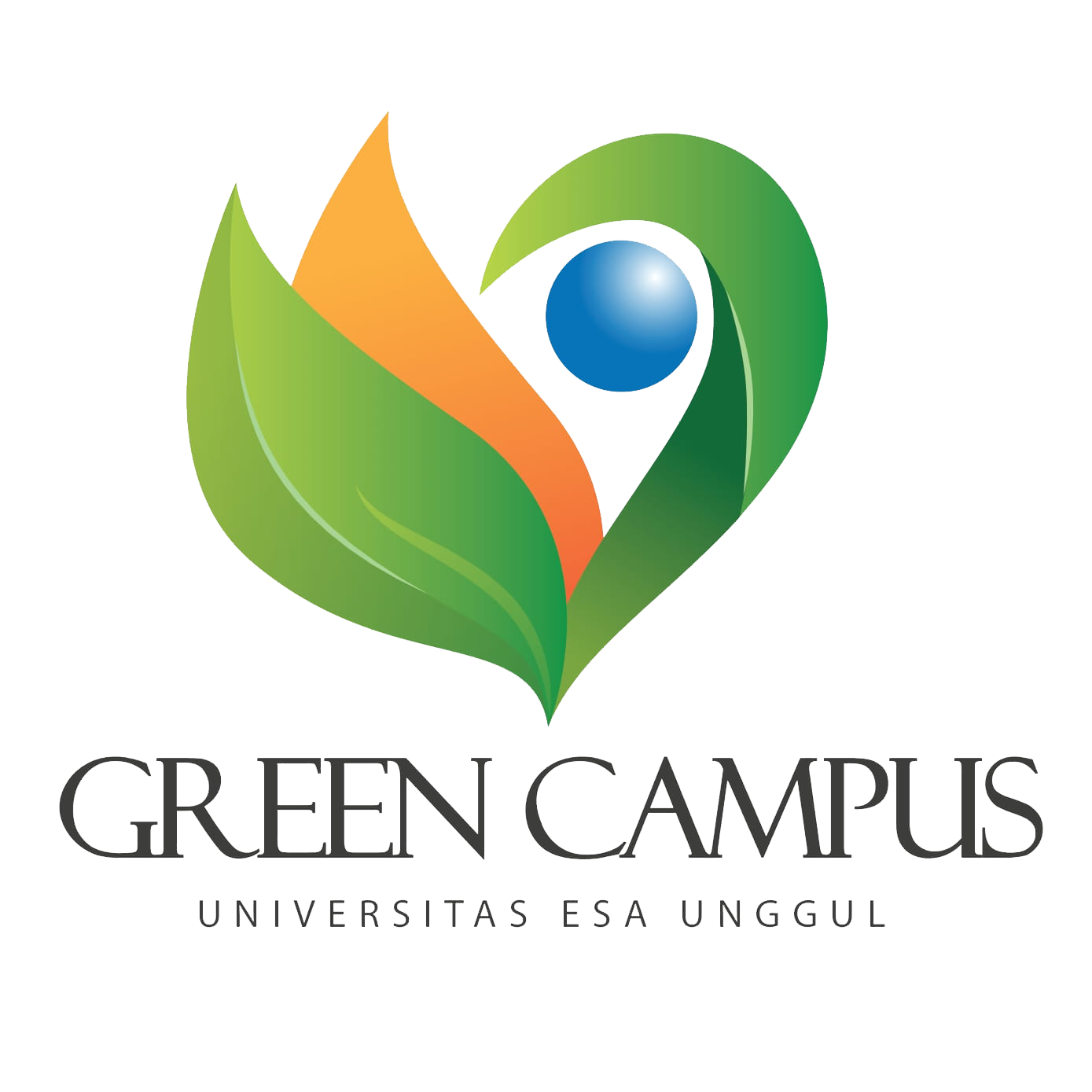[4] Water (WR)
[4.1] Water Conservation Program Implementation
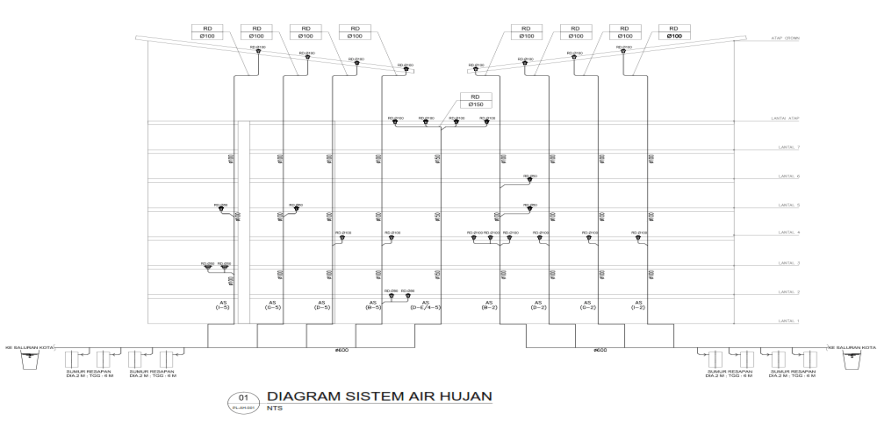
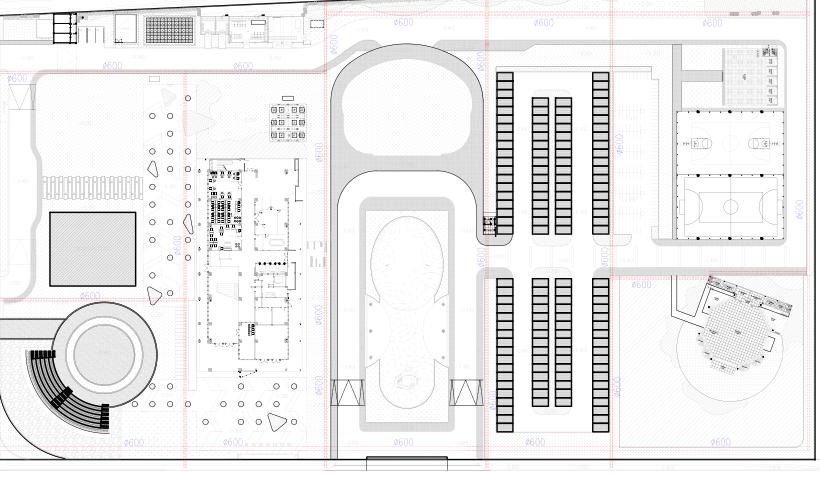
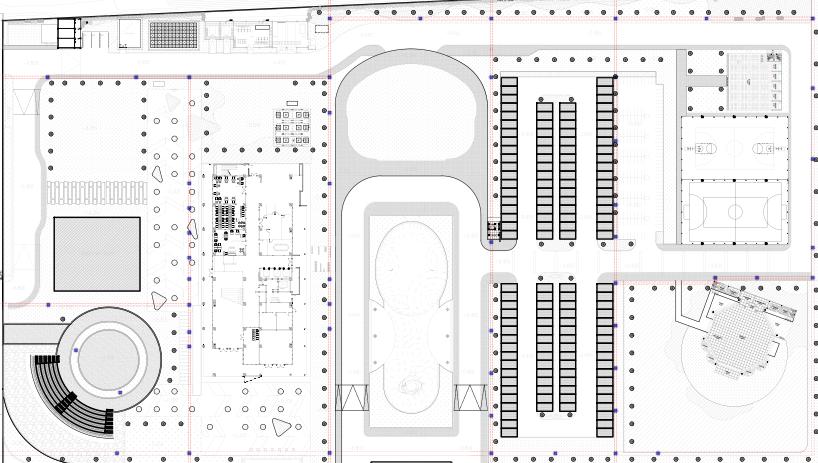
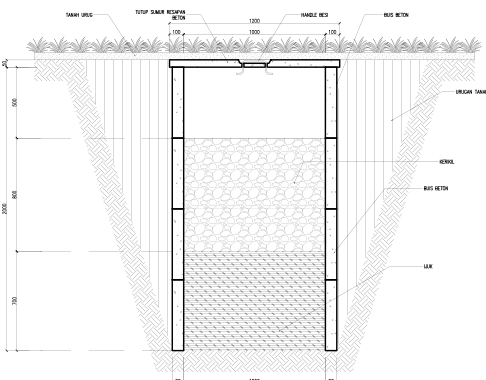
Esa Unggul University Bekasi Campus has a fairly large green area +- , from a total land area of 30,000m2 has a building designed to convert rainwater channeled through the building’s drain pipe to each infiltration point, the infiltration point has also been arranged so that it can reach green areas, the results of rainwater conversion are used for watering ornamental plants, fruit crops as well as grass. So that esa university excels bekasi campus can save the use of clean water for garden maintenance.

The following is a drawing of the design of the wastewater treatment system, in detail domestic waste will be accommodated in the sparation room to precipitate partikerl sludge, sand and suspended organic impurities, in addition to being a settling room also functions as a flow control room which is also an equalization room, as well as a decomposition room for organic compounds in the form of solids, sludge digestion ( sludge decomposer) and sludge reservoir. Next into the Anaerobic chamber, runoff water from the initial settling chamber is then flowed into the anaerobic contactor chamber with flows from top to bottom and from bottom to top. Inside the contactor chamber is filled by HDPE anaerobic media (heightdensity polyethilene), top-down support by FRP net and wier / buffle FRP. And then it is processed into water that can be reused to be used to water plants around the campus area and is safe if exposed to human skin. In this program, it is a form of the university’s commitment to maintain water resources and not wastefully use water sourced from the ground and protect water from domestic waste.
Water Conservation Program Implementation
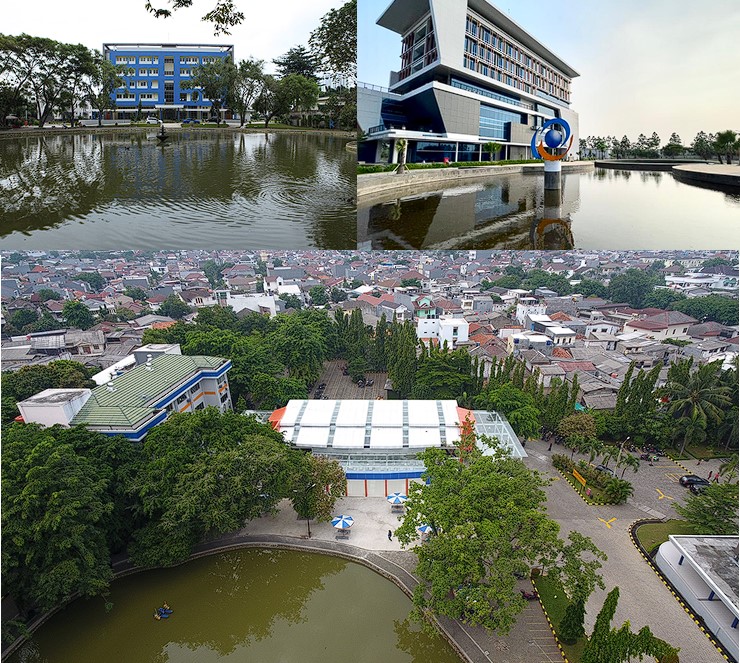
Buildings of Esa Unggul University have separate waste disposal systems, for wastewater and clean water (rain water). Rainwater is thus collected from the roof of the building and then discharged into local ponds and canals around the building. Esa Unggul also has a building where all the rainwater is collected for flushing toilets and for watering plants in the building. On our campus, we have a separate waste disposal system. We collect rainwater from the roof, parking area etc. And throw it in the ponds and channels on our campus.
In addition, we also make water infiltration in the form of biopori, which amounts to almost 250 holes, intended to maintain springs which are indeed a source of water for campus needs.
[4.2] Water Recycling Program Implementation
 Water Recycling Program (Esa Unggul, Indonesia)
Water Recycling Program (Esa Unggul, Indonesia)
Light-level water treatment program, and the amount of rainwater Recycled water is also used for garden sprinkler systems, toilet flushes, and used in fish ponds.
Water Recycling Program Implementation
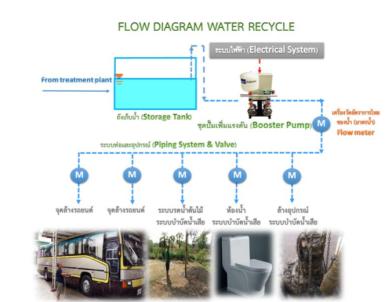
Esa Unggul University Bekasi Campus has been equipped with a water recycling system melelu Media STP (Sewage Treatment Plant) or Domestic Wastewater Treatment Plant is a stage of domestic waste treatment so that domestic liquid waste does not increase water pollution and the surrounding environment. The final processed results can meet wastewater quality standards in accordance with applicable regulations. The water results have been lab tested so that they are safe if exposed to the skin and the water results are reused for watering plants and grass around campus.
Light-level water treatment program, and the amount of rainwater Recycled water is also used for garden sprinkler systems, toilet flushes, and used in fish ponds.
[4.3] Water Efficient Appliances Usage (e.g. hand washing taps, toilet flush, etc.)
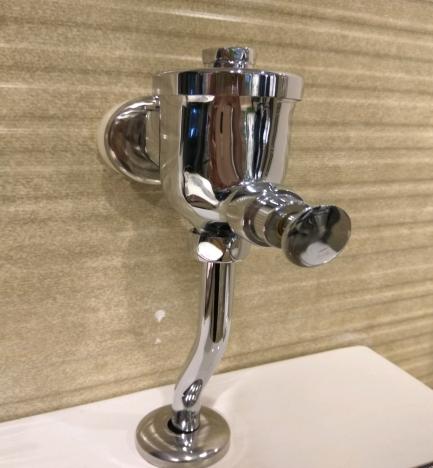 | 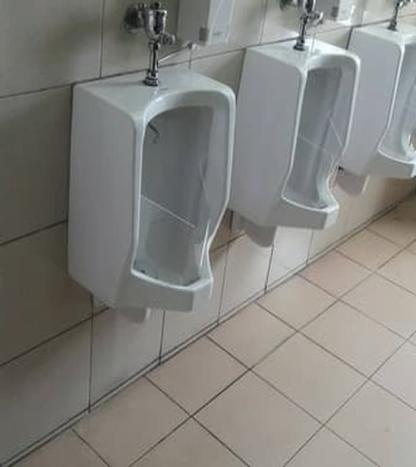 | |
| Example of Water Efficient Appliances Usage Flush Valve Urinoir (Esa Unggul, Indonesia) | ||
 |  | |
Kran Air (Tap Water) | Toilet push valve | |
Description:
Urinoir the system with high temperature also efective and efisien for usage. We can reduce water with minimun flush.
| Appliance | Total Number | Total number water Efficient appliances | Percentage |
| Toilet | 250 | 150 | 60% |
| Wastafel | 150 | 100 | 66% |
| Etc. | … | … | … |
| Average Percentage | 63% |
Water Efficient Appliances Usage (e.g. hand washing taps, toilet flush, etc.)
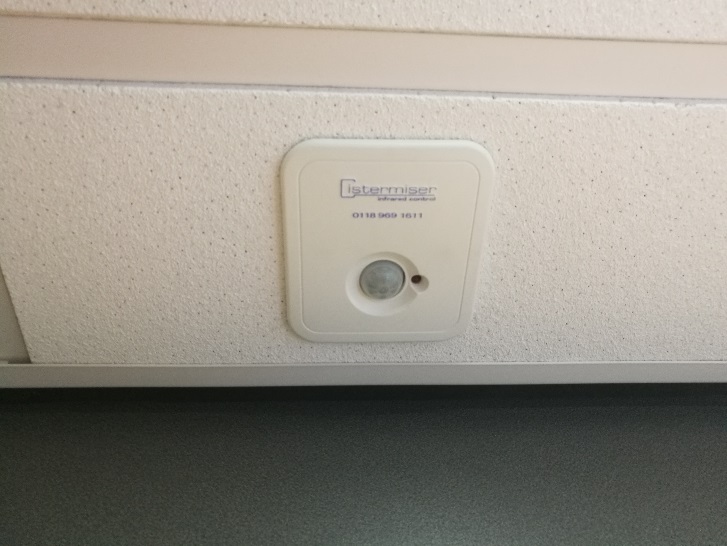 Example of Water Efficient Appliances Usage (Universitas Esa Unggul, Indonesia)
Example of Water Efficient Appliances Usage (Universitas Esa Unggul, Indonesia)
(Please describe the water efficient appliances usage on your campus. The following is an example of the description. You can describe more related items if needed.)
Some examples of water conservation measures include, cistermisers (automatic control of urinal flushing), waterless urinals, low flush WC’s and low flo taps and automatic taps.
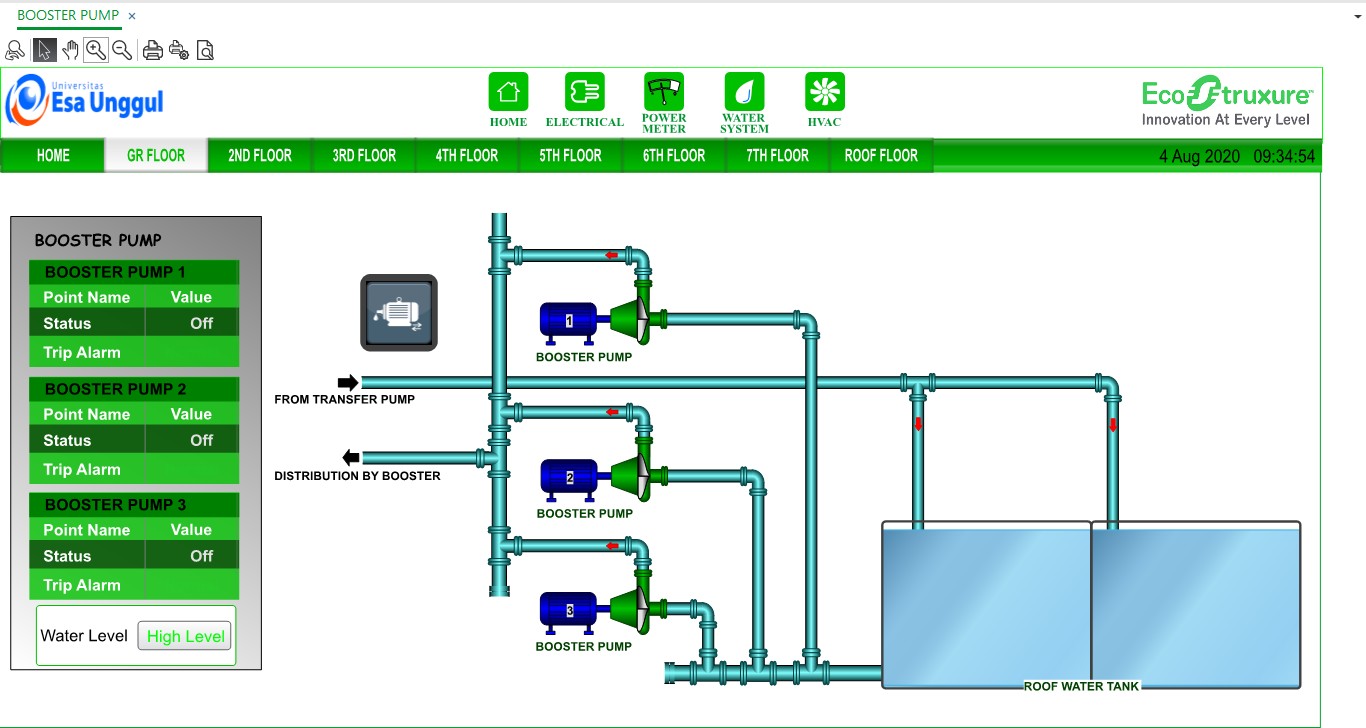
Selain dari perangkat yang di gunakan di toilet universitas Esa unggul juga sudah melengkapi gedung nya dengan sistem monitoring Air bersih yang teralirkan didalam gedung mulai dari Ground water tank ( GWT ) sampai ke Rooftank selanjutnya di alirkan kedalam gedung untuk pemakaian air sehari hari, fungsi dari sistem tersebut adalah dapat mengetahui apabila terjadi kebocoran pada installasi pipa didalam gedung dengan di tandai suplly air di rooftank habis secara mendadak dan pompa blower didekat rooftank meyala terus menerus sehingga bisa mengetahui kebororan pada installasi pipa sejak dini, demikian dapat mengurangi pemborosan air yang tidak di gunakan secara terus menerus.
Apart from the devices used in the toilets of Esa Unggul University has also equipped its building with a monitoring system Clean water that flows in the building starting from the Ground water tank (GWT) to the Rooftank then flowed into the building for daily water use, the function of the system is to be able to find out if there is a leak in the installation of pipes in the building by marking suplly the water on the rooftank runs out suddenly and the blower pump near rooftank meyala continuously so that it can know the wastefulness of pipe installation early on, so as to reduce the waste of water that is not used continuously.
[4.4] Consumption of treated water
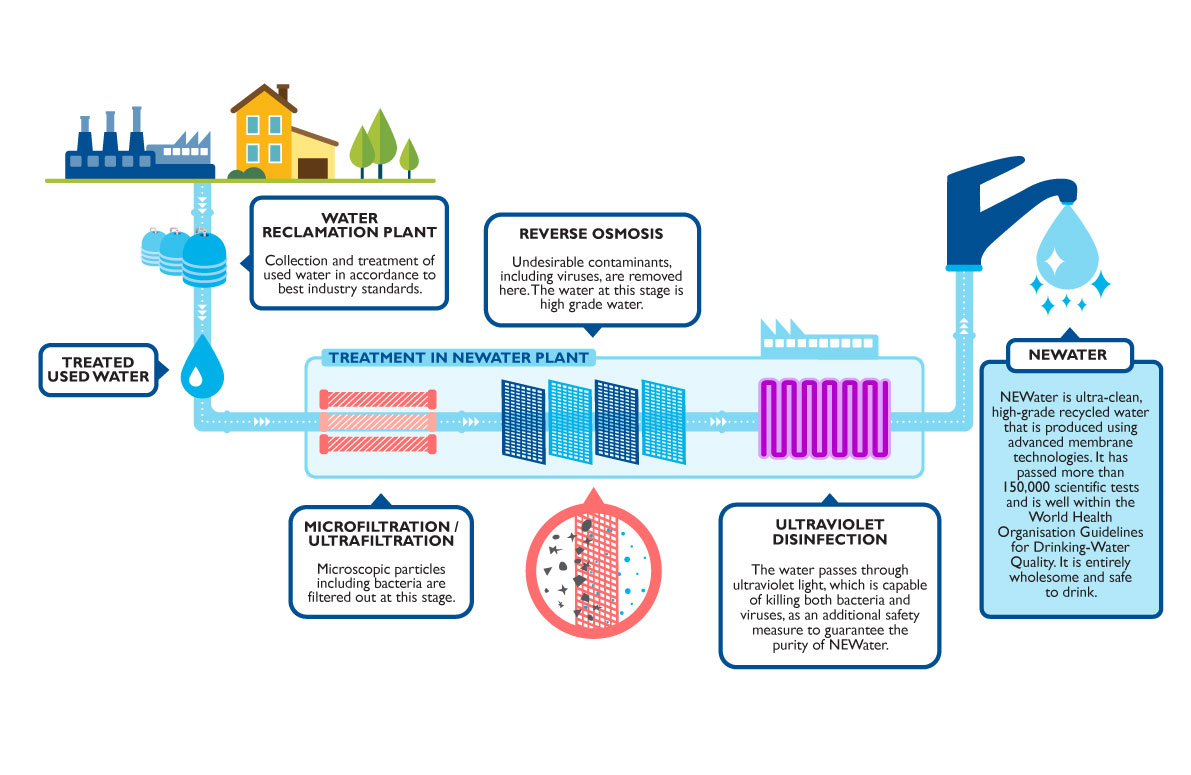 Example of Consumption of treated water (Universitas Esa Unggul , Indonesia)
Example of Consumption of treated water (Universitas Esa Unggul , Indonesia)
Esa Unggul University Will Establish cooperation with NEWater, singapore in terms of treating wastewater into consumable drinking water, with the method The first step of recycling water in the NEWater system is to collect wastewater in a water reclamation plant for standard treatment. Then, the treated water is sent to the NEWater plant. NEWater technology requires a three-stage process for water purification: Microfiltration/Ultrafiltration, Reverse Osmosis (RO), and Ultraviolet Disinfection. These three stages ensure the water is free of bacteria, viruses, and other possible contaminants.
Reclaimed water is mainly used for industrial purposes and air cooling. In addition, it can also be added to the raw water reservoir when necessary. As of April 2020, 20,000 analyses have been performed to test the quality of NEWater. The results show that NEWater is cleaner than Singapore’s tap water in terms of color, clarity and organic substances. This reclaimed water is actually used as the main water supply for wafer fabrication plants, which require a super clean environment to be able to operate.
[4.5] Water pollution control in campus area
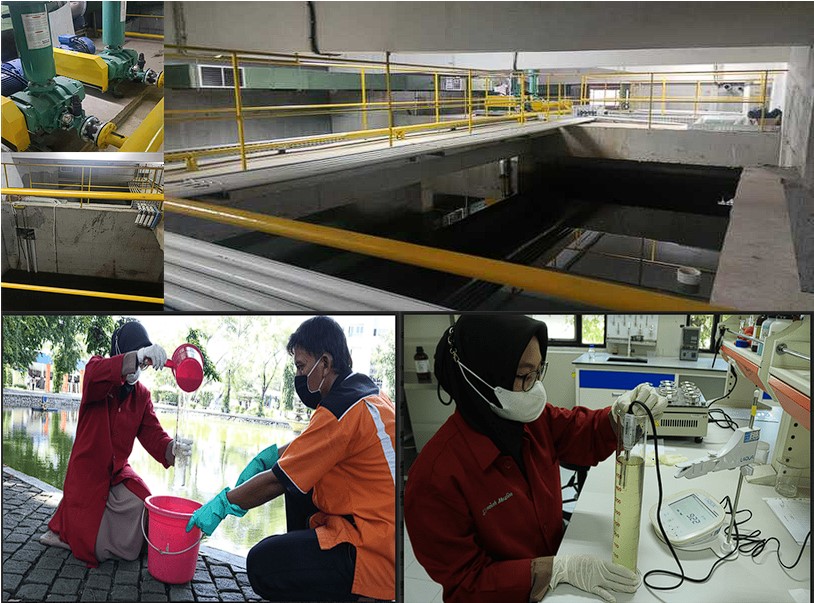
Esa University excels in having a water reservoir in the form of a large enough lake and the lake is used as a reference for water quality around the campus that is mixed and flowed directly into the environment, the lake is maintained and researched for water quality so that the water that is channeled out is ensured to be safe if it is exposed to the human body and does not interfere with the environment, In its application wastewater quality tests are carried out every month periodically and measurably using tools provided in Clinical Trial Lab owned by Esa Unggul University.
